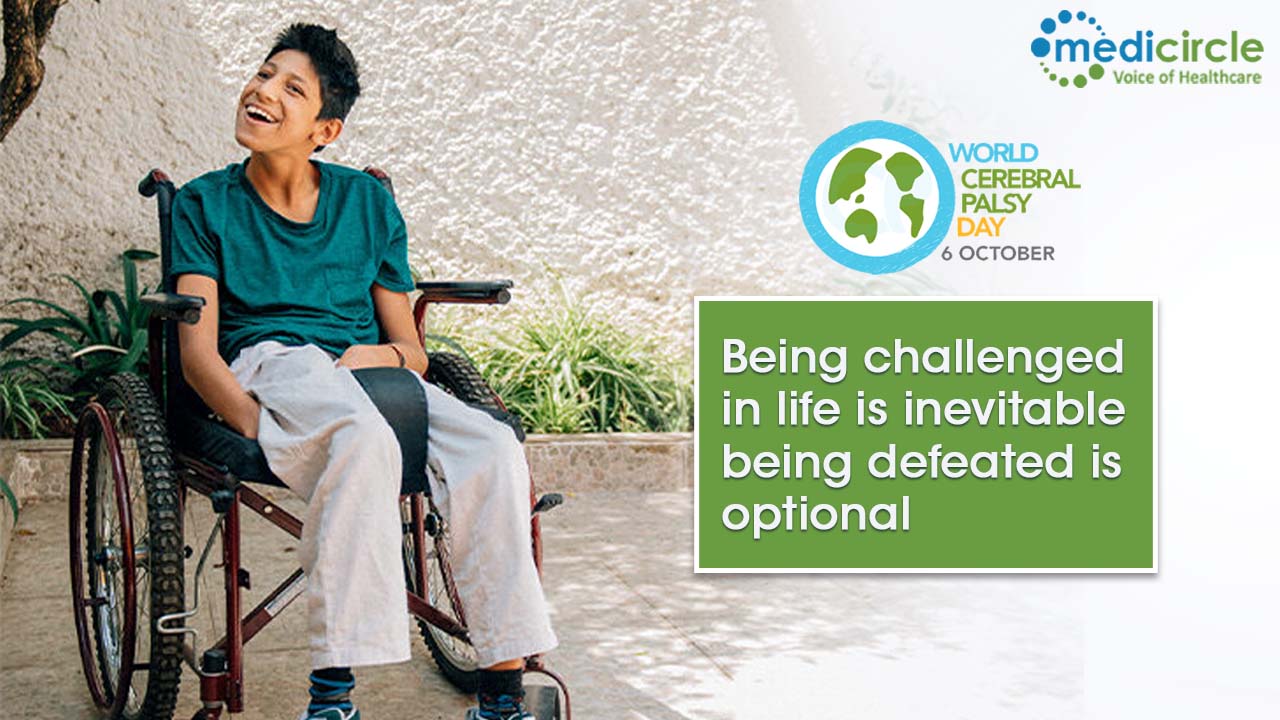World cerebral palsy day 2022 is celebrated across the world on 6 October. According to a report, more than 17 million people are affected by cerebral palsy disorder worldwide.
Incidence of Cerebral Palsy
Cerebral palsy disease is more common in children in the first month after birth. This disorder can also occur due to brain injury in the womb or after birth. It has been called a congenital disorder, so pregnant women should take special care and precautions during pregnancy. It is important that the baby remains physically and mentally healthy. If a pregnant lady goes through stress, anxiety, pain, physical discomfort during pregnancy, the baby's brain can be damaged.
This may lead to cerebral palsy in children.
Child’s development in cerebral palsy
Cerebral palsy can affect a child's development, depending on the severity, location and extent of brain damage. Typically, the developmental categories affected by cerebral palsy include gross motor movement and fine motor coordination. Injuries during birth that cause cerebral palsy can also cause problems with the baby's sensory skills, language skills and social/emotional development, vision and hearing.
Types of Cerebral Palsy
There are mainly four types of cerebral palsy.
- Spastic cerebral palsy
- Ataxic cerebral palsy
- Mixed cerebral palsy
- Dyskinetic cerebral palsy
When all of these occur, different symptoms are seen.
Causes of Cerebral Palsy
- Injury during pregnancy
- Hormonal changes in pregnant women
- Infection
- Blood related disorders
- Undergoing infertility treatment
- Low birth weight baby
- Child brain injury
- Premature birth
Complications or problems during childbirth
Cerebral palsy symptoms seen in baby
- Development of the baby is delayed.
- Delayed milestones in speech
- Vision and eye problems
- Hearing disability
- Motor issues like standing, sitting and walking

 Cerebral palsy can affect the overall development of children. Know the causes, symptoms of this disorder on World Cerebral Palsy Day 2022.
Cerebral palsy can affect the overall development of children. Know the causes, symptoms of this disorder on World Cerebral Palsy Day 2022.









.jpeg)











.jpg)








